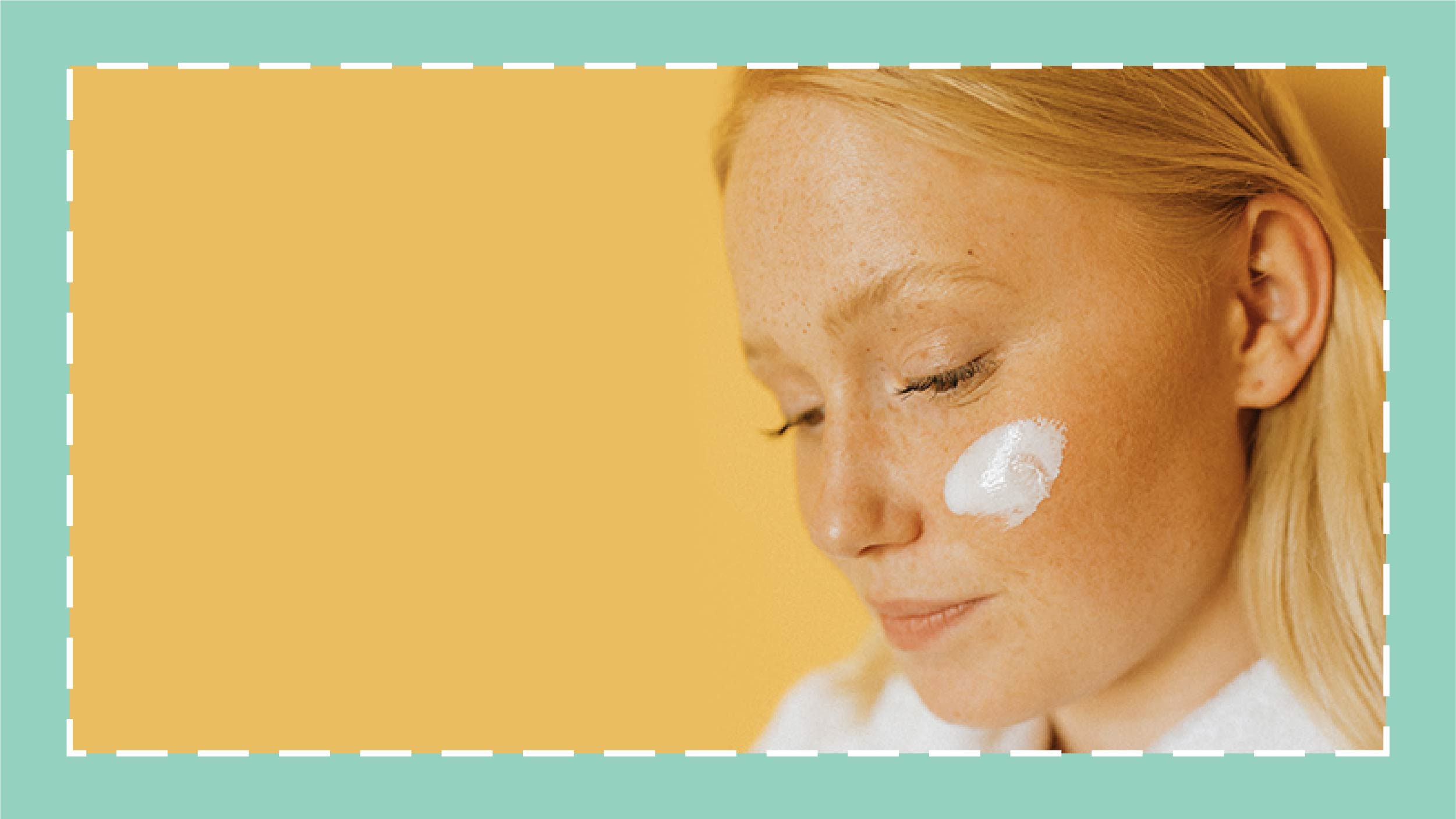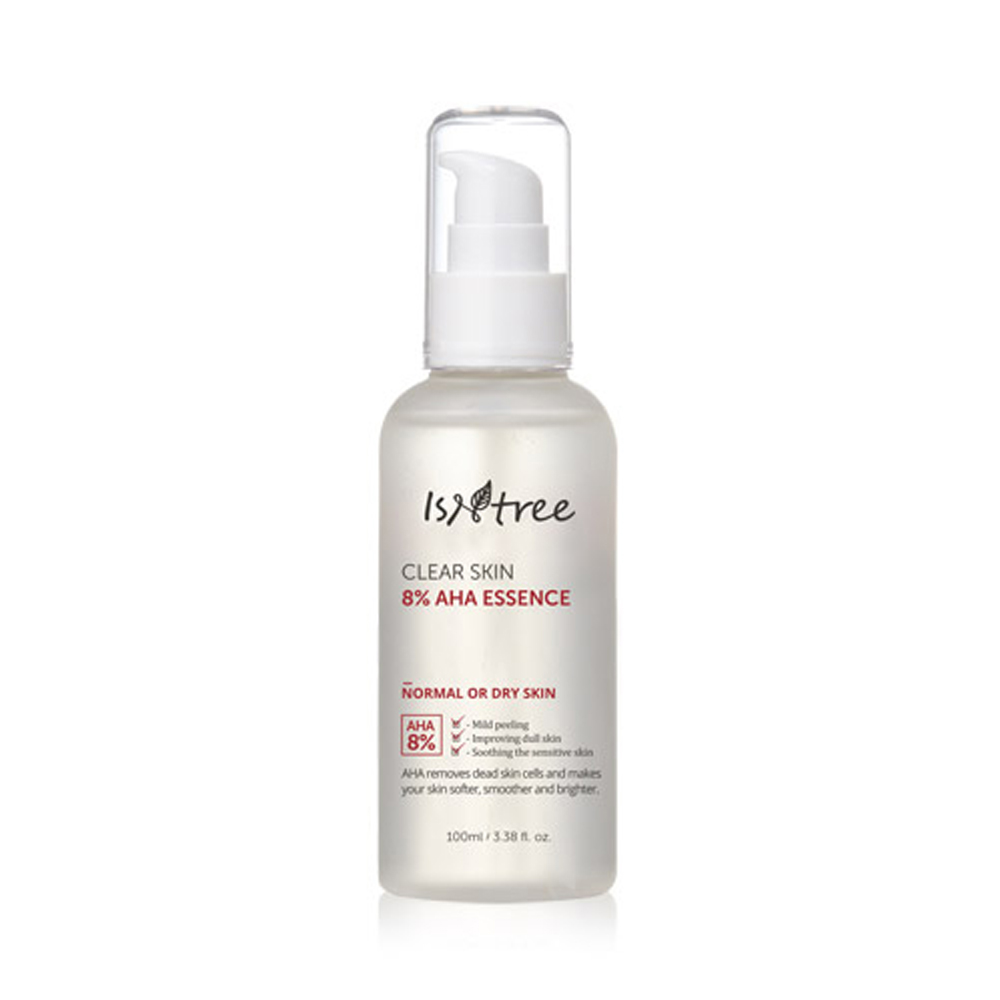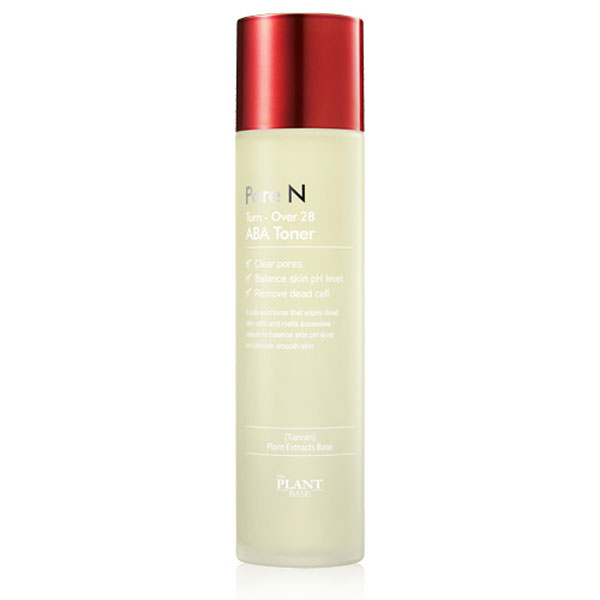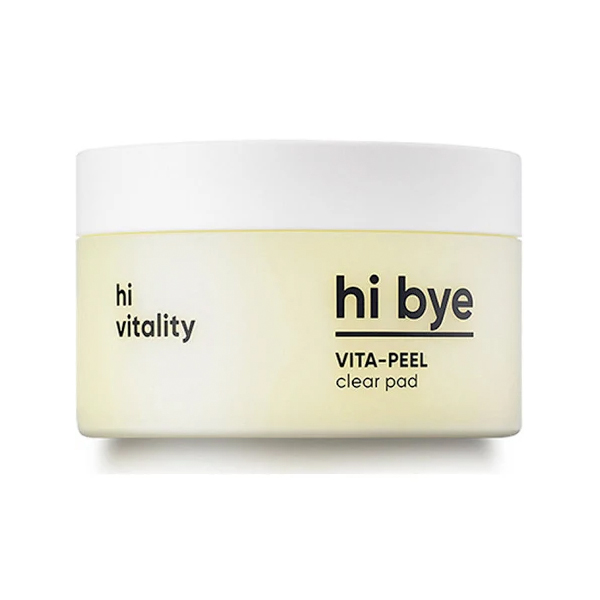Are two, or even three acids better than one? Below, two dermatologists share the AHA and BHA cocktails that offer major skin benefits.
If you’ve incorporated chemical exfoliants into your routine and are ready to take your acid game to the next level (safely of course!), may we suggest giving a product that harnesses the power of multiple AHAs and BHAs in one formula a try?
While the primary function of both AHAs and BHAs is to remove dead skin cells, not all do so on the same level, and many offer unique additional benefits. Pairing them together can result in a more multi-dimensional exfoliation that targets a variety of skin concerns at once.
RELATED: Your Guide to the Most Common Acids Found in Skin Care
We asked two dermatologists to share the acid combinations they recommend and how these cocktails can improve your skin.
Glycolic Acid + Salicylic Acid
This combo is great for oily and acne-prone skin, says Dr. Debra Jaliman, a board-certified NYC dermatologist. Glycolic acid (an AHA) smooths skin and removes pore-clogging dead skin cells so salicylic acid (a BHA) can better penetrate pores and clean them of excess sebum and any leftover dead skin cells.
Because glycolic acid is a strong exfoliant, Dr. Hadley King, also a board-certified dermatologist based in NYC, cautions against using a product with this combination if the formula contains more than 10% of the ingredient.
Find it in: A’Pieu Glycolic Acid Cream
Lactic Acid + Salicylic Acid
If you have acne-prone skin that’s also sensitive and/or dry, this may be a better choice for you than the combination mentioned above.
“Lactic acid is an alpha hydroxy acid that helps the older, dull cells of the skin’s surface to slough away,” says Dr. King. “And it has an extra benefit: it helps improve the skin’s natural moisture factor so it is able to help keep the skin moisturized and feeling less dry.”
The result, she says, is a more clear and balanced complexion, plus improved tone (think acne scars) and texture.
Find it in: The Plant Base Pore N Turn-Over 28 ABA Toner
Glycolic Acid + Lactic Acid
“Lactic acid tends to make a good combination partner because it is one of the gentler alpha hydroxy acids and can improve the natural moisture factor,” says Dr. King. Pair it with glycolic acid, a stronger exfoliant, and she says you can expect “smoother and softer skin that is moisturized and has fewer discolorations.” Dr. King also notes that the cocktail can be beneficial for sun-damaged skin, while Dr. Jaliman likes it for sensitive skin in general.
Find it in: Isntree Clear Skin 8% AHA Essence
Malic Acid + Lactic Acid and/or Glycolic Acid
Malic acid, typically sourced from fruit like apples, doesn’t penetrate skin as deeply as lactic or glycolic acids due to its larger molecular size. But while it may not be the most effective AHA by itself, it’s a great supporting act.
It is used to safely boost the efficacy of other AHAs, plus, it’s known to improve hyperpigmentation, boost moisture retention, and balance the pH of skin.
Find it in: Banila Co Hi Bye Vita Peel Clear Pad
Bottom Line
To prevent over-exfoliation and to reduce the potential of irritation, Dr. King recommends “applying the product initially only once or twice per week and then increasing as tolerated.” And as with the use of any acid, be sure to avoid mixing the ingredients with other strong actives such as retinol and vitamin C, and properly moisturize after use.

















